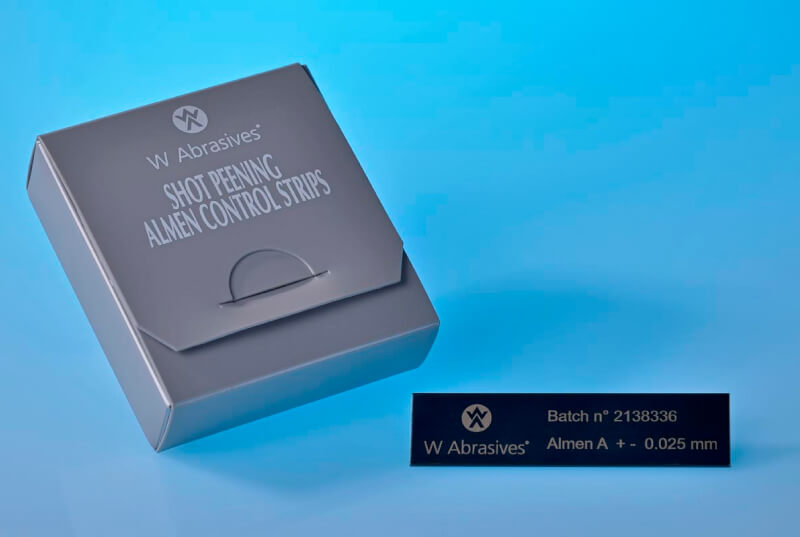A Complete Guide to SSPC Painting Standards for Steel Structures
When it comes to painting steel structures, it's not just about how it looks—proper preparation is essential to protect against rust and extend the lifespan of your materials. That’s where SSPC painting standards come in. These guidelines help ensure that your surface is ready for painting, giving your project the durability it needs.
In this post, we’ll break down the key SSPC surface preparation grades and why they matter for your next project.
What is SSPC?





















